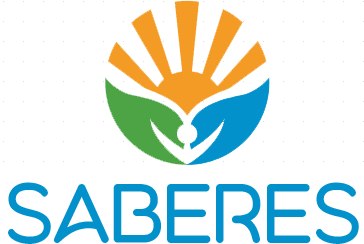We will produce hydrologic projections under current conditions and future climate scenarios and related flood extent, water depth, hydroperiod maps, required for WP3-5 activities. The principal obstacle in modelling lower Amazon floodplain hydrology is still the absence of an accurate digital bare soil-elevation model (DEM). To deal with limited bathymetric data in the Amazon, T2.1 will estimate the bathymetry of seasonally flooded areas of the mainstem floodplain within the study region using a novel probabilistic method. This method, which considers flood probability and temporal level of the water surface in floodplain lakes, has been successfully applied at the Curuai Lake focus site. T2.2 will correct the vegetation-induced bias that remains even in the newly available 30 m NASADEM (Crippen et al. 2016), the most suitable source of topographic data for the study region. The method considers vegetation height, time series of flood extent (e.g Sentinel-1 SAR time series) and water level (Pinel et al, 2015). The Amazon basin hydrologic data (water level, discharge, rainfall) and hydrologic simulations are available from previous work for the period up to 2012 using the MGB-IPH model (Paiva et al. 2013) and hydroclimatic projections simulated under five CMIP5 climatic scenarios (Sorribas et al. 2016) T2.3 will compile and release this information for the study region at an early stage of the project to enable initiating WP3 analyses on the impact on fish and forest biodiversity and fisheries yields. T2.4 will 1) produce new projections by compiling a new set of 20 to 30 climate models from CMIP5, accounting for possible changes in land cover during the simulation, which impacts the rainfall to runoff ratio (through evapotranspiration change) and 2) evaluate the potential impacts of planned dams upstream of our study region.

